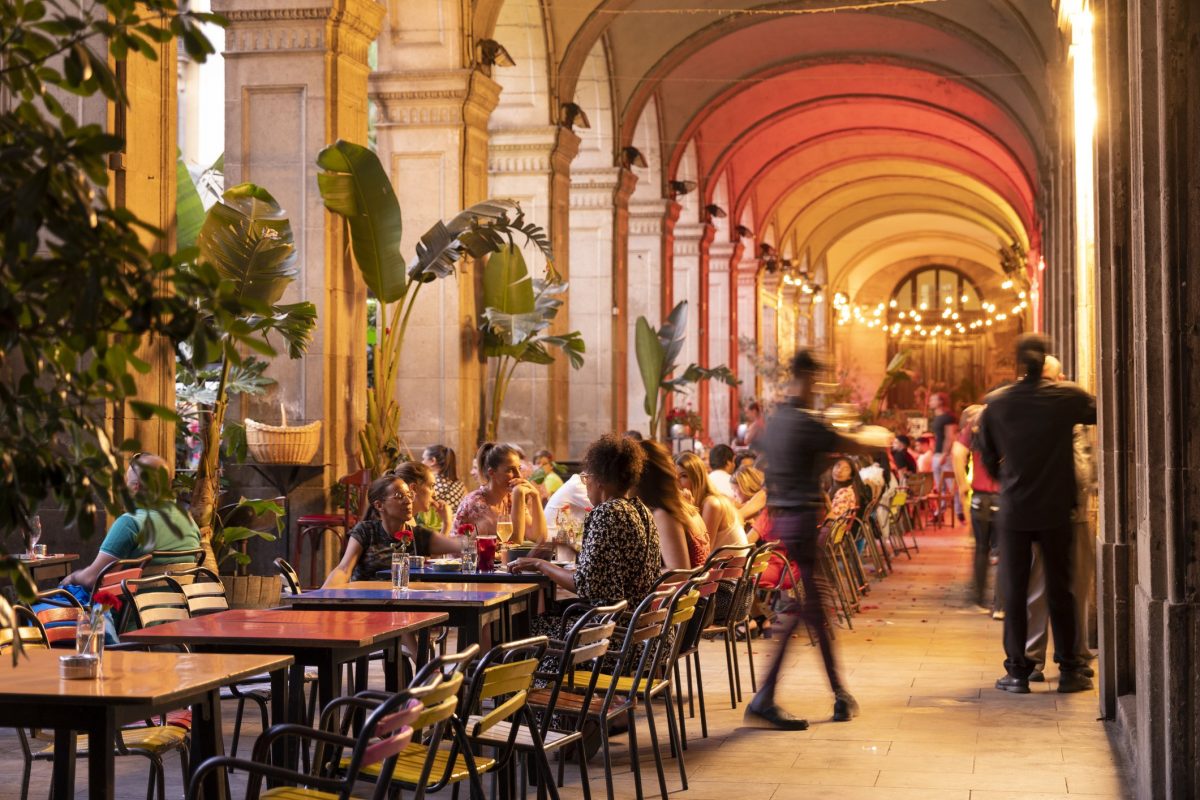Venturing abroad for a culinary experience is a highlight for many travelers, yet the fear of falling into tourist traps and receiving inflated bills often looms. Recent reports, like those from Le Parisien revealing Parisian restaurants overcharging American tourists, underscore a common problem where visitors lose an average of over £22 on deceptive dining experiences. Thankfully, seasoned travelers and food experts offer invaluable insights to navigate the global gastronomic landscape and ensure authentic, value-for-money meals.
One of the most immediate giveaways of a tourist-centric establishment is often visual. As chef Mitch Tonks wisely advises, a strong indicator is the presence of menus adorned with excessive pictures or a persistent host at the door actively luring in passersby. Similarly, signs boasting multiple languages, an abundance of flags, or overt offers of sangria in regions like Spain often signal a venue catering to transient visitors rather than embracing genuine local dining culture, implying a potential compromise on quality and authenticity.
Geographical discernment plays a crucial role in avoiding overpriced and underwhelming meals. Experts like Neil Paterson, familiar with Berlin, caution against areas like Alexanderplatz, known for questionable quality and inflated prices. In bustling cities like Istanbul, Berkok Yüksel suggests sidestepping high-footfall strips and bazaars, which typically house concentrated tourist traps. Instead, venturing a few streets away from prominent landmarks, as Nick Pulley recommends for Southeast Asian destinations, frequently uncovers superior food at significantly lower prices, enjoyed predominantly by locals.
Observing local habits, particularly dining times, can reveal much about a restaurant’s authenticity. In Spain, where late-night meals are customary, a restaurant opening for dinner before 8 pm is unlikely to be a local haunt, according to Michael Scott-Kline. Furthermore, in France, Carolyn Boyd notes that establishments requiring phone reservations—rather than online bookings—are less frequented by tourists. Chalkboard menus, updated daily with fresh offerings, serve as another reliable signpost for genuine local favorites, indicating a focus on seasonal ingredients and culinary creativity.
Beyond structural cues, embracing local engagement can unlock hidden culinary gems. Leveraging social media by following respected food journalists or local culinary writers offers a dynamic way to discover both burgeoning hotspots and trusted, long-standing establishments, as advised by Greek restaurateurs Nikos Roussos and Andreas Labridis. Direct recommendations from locals, whenever feasible, also provide an unparalleled advantage in finding the best dining experiences and avoiding common tourist pitfalls.
Cultural etiquette also plays a subtle yet significant role in a positive dining experience. In France, beginning any interaction with “Bonjour Monsieur/Madame” not only demonstrates respect but can also subtly signal an understanding of local customs, potentially deterring any attempts to overcharge newcomers. Additionally, awareness of complimentary gestures, such as the Turkish tea often served at the end of a meal, ensures travelers aren’t inadvertently billed for items that are traditionally offered free of charge.
Understanding pricing nuances within a venue is equally important for budget-conscious travelers. In France, cafes typically charge more for outdoor terrace seating. While these spots offer excellent people-watching opportunities, opting for an indoor table or even standing at the bar, particularly for a quick coffee or snack, can result in considerable savings. This practice is also common in Italy, where table service can double the cost of a meal, making bar-side dining a popular and economical choice for a truly authentic experience.
By adopting these expert strategies—from recognizing subtle visual cues and understanding local dining rhythms to leveraging social media and embracing cultural etiquette—travelers can significantly enhance their culinary adventures abroad. These insights empower individuals to bypass common tourist traps, savor authentic local flavors, and ensure their holiday dining experiences are memorable for all the right reasons, not for an unexpectedly inflated bill.





Leave a Reply